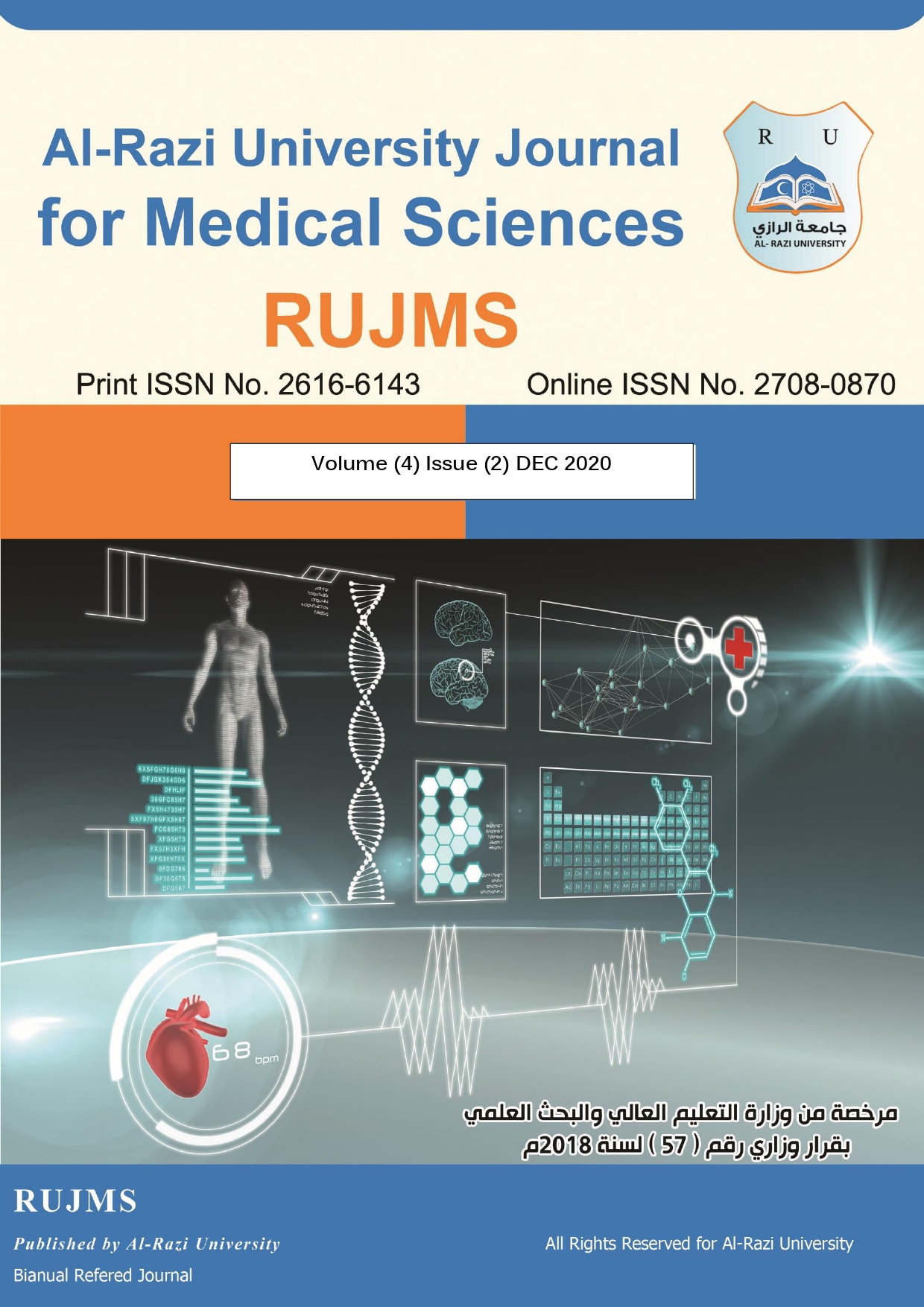Critical Threshold for SIRS Model on Small World Networks
Abstract
ملخص
ندرس الانتقال من المرحلة الثابتة إلى المرحلة الانقراضية لنموذج SIRS (المعرض / المصاب / المتعافي / المعرض مجددًا) لانتشار الأمراض على شبكات العالم الصغير. نظهر تأثير جميع المعاملات المرتبطة بهذا النموذج على الشبكة العالمية الصغيرة ونخلق المجال المرحلي الكامل. النتائج التي حصلنا عليها متسقة مع تلك المحصلة في المرجع [7] من حيث وجود انتقال مرحلي من حالة الانتشار المتقلب إلى التذبذبات المستديمة في حجم الفرع الإصابي عند قيمة محددة من فوضى الشبكة. كما تؤكد نتائجنا أيضًا أن الانتقال يحدث بشكل خاص حيث يتحول معدل تجميع المجموعات من مستويات عالية إلى منخفضة. يمكن فهم تأثير معامل معامل التجميع على نموذج SIRS على الشبكات من النتائج المحصلة في المرجع [9]، مما يشير إلى أهمية وجود الحلقات في الشبكة من أجل انتشار المرض بشكل متكرر في جميع أنحاء عقد الشبكة. حيث تميل المجموعات إلى نشر العدوى بين أحياء الجوار القريبة. بالتالي، عندما تكون الحلقات متعددة داخل الشبكة، يحدث إعادة الإصابة في الشبكة في أماكن كثيرة وفي أوقات مختلفة، مما يبدو كنوع من العشوائية في حدوث الفترة الثانية من الإصابة. بينما عندما تكون عدد الحلقات منخفضة، تحدث إعادة الإصابة في أماكن وأوقات محددة على الشبكة، مما يبدو كنوع من الانتظام في حدوث الفترة الثانية من الإصابة.

